1976 Gibson ES-175D [6.9 lbs] :: new stainless steel frets, bone nut and setup. [photo 3]
The original frets were pulled, board planed and new stainless steel frets installed and dressed. Look back through my feed and you can see this was the first guitar in my new StewMac neck jig. Can’t wait for the next fret job as this one went extremely well.
The bridge foot was better fit to the top [note the non-original tune-o-matic bridge top; originals are rosewood]. The fit of the loose tuner bushings was improved and the guitar set up for D’Addario XL EJ21’s [12-54 roundwound with a wound G].

